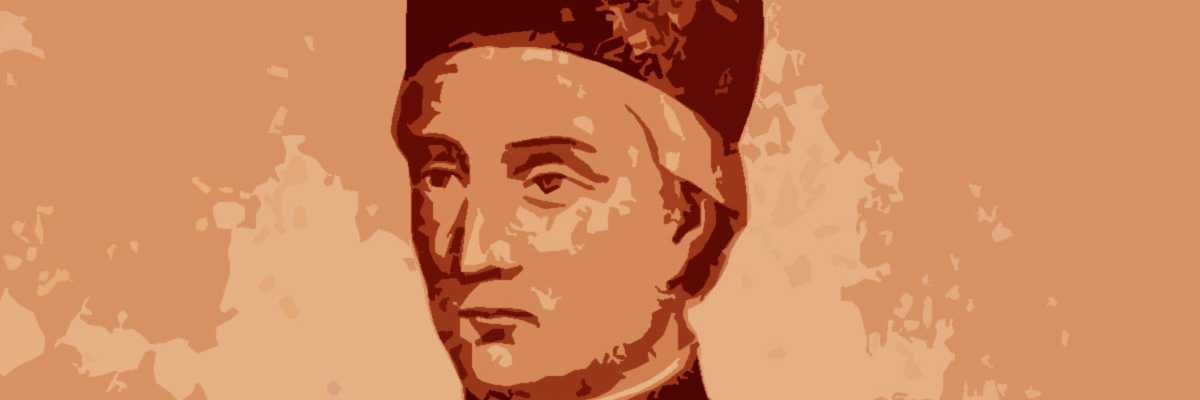An ecosystem in equilibrium is implicitly sustainable because it is able to regulate itself. The more stable it is, the greater its ability to manage internal and external factors that tend to alter its equilibrium.
In a more everyday definition, sustainability balances the social, economic and environmental needs of current and future generations. Protecting the environment while ensuring social and economic equity throughout the world is its goal.
Forms of sustainability
Over time, the word sustainability has become associated with more specific fields of action: environmental sustainability, social sustainability, corporate sustainability, production sustainability, economic sustainability and so on.
Just as there are professional fields of specialisation, each 'form' of sustainability is concerned with defining in a more focused way what optimal behaviour should be adopted to ensure the balance needed to prosper and continue to prosper in the future. Thus, environmental sustainability is concerned with understanding and defining goals and ways to ensure that the environment is not compromised by our activities; social sustainability is concerned with ensuring that each society can meet its own needs and those of its constituents without compromising them; corporate sustainability is concerned with ensuring that both the company and the individuals in it maintain sufficient resources to live and possibly develop. The productive one aims to ensure that food production, for example, does not exhaust the resources of the territory on which it operates and adopts practices that, on the contrary, contribute to renewing and regenerating it.
These are, of course, declinations of sustainability in its entirety, since each aspect is interdependent on the other: there is no social justice and sustainability if there is not also environmental and economic sustainability, because in the absence of the latter, a society has no resources, or not enough, to be able to prosper, develop and ensure a dignified future.
On the other hand, the way human society is organised today on a global level, without economic sustainability, the other two aspects can also be threatened, for example by uncontrolled exploitation of resources for survival. Uncontrolled exploitation of resources for purely economic purposes, even under conditions of economic stability, becomes in fact a factor disturbing the balance, as well as an element of risk or damage.
Creating a sustainable future
Creating a sustainable future means managing resources responsibly, reducing waste and preserving ecosystems. Governments can encourage less destructive practices through regulations and incentives, while individuals can adopt more sustainable lifestyles. A sustainable future respects, preserves and safeguards biodiversity and its balance.
The 17 Sustainable Development Goals
To achieve this overarching goal as quickly as possible, 17 development goals have been identified according to sustainability criteria.
The 2030 Agenda for Sustainable Development, which all UN member countries endorsed in 2015, offers a common plan for peace and prosperity for people and the planet, now and in the future. Central to this agenda are the 17 Sustainable Development Goals (SDGs), which are an urgent call to action by all countries, developed and developing, in a global partnership. They recognise that ending poverty and other deprivations must go hand in hand with strategies that improve health and education, reduce inequality and stimulate economic growth, all while addressing climate change and working to preserve our oceans and forests.
What are these goals:
- SDG 1 - Eradicate poverty
- SDG 2 - Eradicate hunger
- SDG 3 - Health and well-being
- SDG 4 - Quality education
- SDG 5 - Gender equality
- SDG 6 - Clean water and sanitation
- SDG 7 - Clean and affordable energy
- SDG 8 - Decent work and economic growth
- SDG 9 - Enterprise, innovation and infrastructure
- SDG 10 - Reducing inequality
- SDG 11 - Sustainable cities and communities
- SDG 12 - Responsible consumption and production
- SDG 13 - Combating climate change
- SDG 14 - Life under water
- SDG 15 - Life on earth
- SDG 16 - Peace, justice and strong institutions
- SDG 17 - Partnership for the goals
The last point, number 17, is meant to actually reinforce the need and awareness that only choral, collaborative, partnership work at the international level makes it possible to achieve effective, global, local, sustainable results.
The 2030 Agenda
From the official UN definition:
This Agenda is an action plan for people, planet and prosperity. It also wants to strengthen universal peace in greater freedom. We know that eradicating poverty in all its forms and dimensions, including extreme poverty, is the greatest global challenge and a fundamental requirement for sustainable development. All countries and all stakeholders, working together, will implement this plan. We are determined to free humanity from the tyranny of poverty and misery and to heal and protect our planet. We are determined to take the bold and transformative steps that are urgently needed to put the world on a sustainable and resilient path. As we embark on this collective journey, we pledge to leave no one behind. The 17 Sustainable Development Goals and 169 targets we are announcing today show the scope and ambition of this new universal agenda. They want to start with the Millennium Development Goals and finish what has not been done. They want to realise the human rights of all and achieve gender equality and the empowerment of all women and girls. They are integrated and indivisible and balance the three dimensions of sustainable development: economic, social and environmental.




